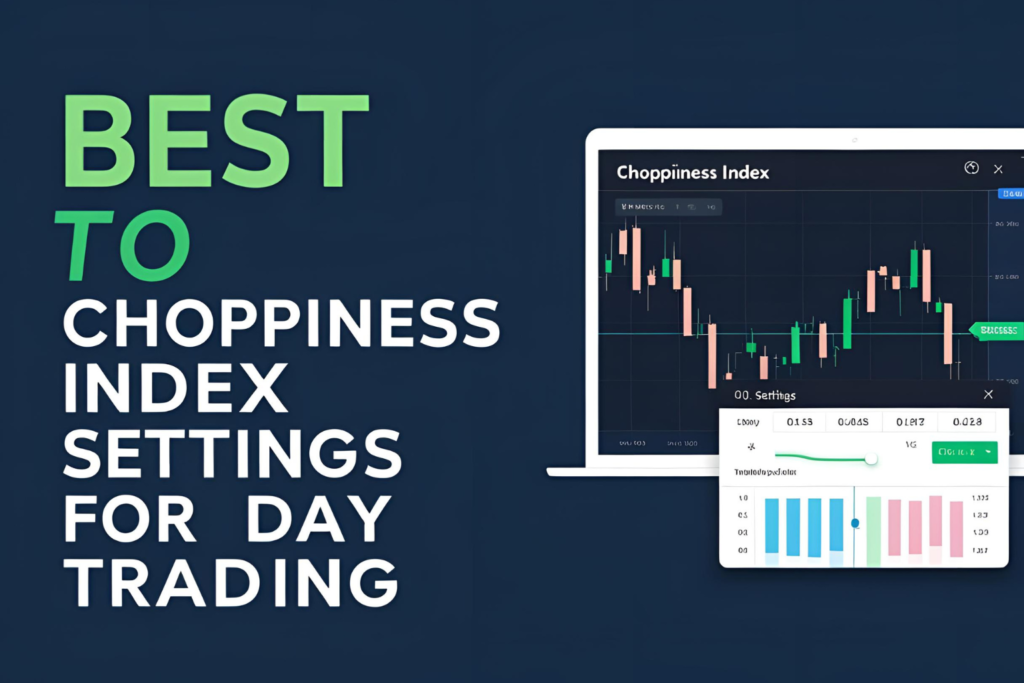Introduction
Day traders thrive on quick decisions and precision tools. The Choppiness Index, when configured correctly, can be a powerful filter for identifying trend strength in intraday markets. This guide explains the best Choppiness Index settings for day trading and how to apply them effectively.
Why Customize the Choppiness Index for Day Trading?
While the standard period of 14 works well for swing trading or long-term analysis, intraday traders often need faster responsiveness. Optimizing the settings helps identify:
- When markets are choppy (avoid trend trades)
- When markets are trending (act quickly)
Recommended Settings for Day Trading
| Parameter | Suggested Value |
|---|---|
| Period (n) | 5 to 10 |
| High Threshold | > 60 |
| Low Threshold | < 40 |
| Timeframes | 5-min, 15-min, 1H |
Example: Use a 5-period Choppiness Index on a 15-minute chart to quickly detect if a breakout has follow-through potential or is stuck in consolidation.
How to Apply in Real Trading
- Confirm Choppiness Value
Avoid entering new trades when the value is high (>60) — market likely in a range. - Look for Low Readings
When the index drops below 40, the market is likely in a trending phase — a good time to consider breakout or trend-following setups. - Combine with Trend Confirmation
Use indicators like:- RSI to gauge momentum
- EMA crossover for confirmation
- Volume spikes to validate breakouts
Backtesting Example Strategy
Entry Rule:
Buy when Choppiness Index < 40 and price breaks above a recent high (with volume confirmation).
Exit Rule:
Exit when Choppiness moves back above 60 or price hits stop-loss/target.
Backtesting on 5-minute or 15-minute charts helps fine-tune these values.
Common Mistakes to Avoid
- Using default settings (14) on low timeframes — may react too slowly
- Relying on Choppiness Index alone without confirmation
- Misinterpreting it as a directional indicator — it’s not
FAQs
1. What’s the ideal period for the Choppiness Index in day trading?
Typically between 5 and 10 periods. Test different values on your instrument.
2. Can I use it for scalping?
Yes, but use with faster timeframes like 1-min or 5-min and keep settings tight (e.g., 5-period).
3. Should I use it alone?
No. Combine with trend and momentum indicators for better accuracy.
4. Will a lower period cause more noise?
Yes, but it gives faster signals. Use in combination with filters like price action or moving averages.
5. Is it suitable for all instruments?
Yes. Works well across forex, stocks, crypto, and futures.
